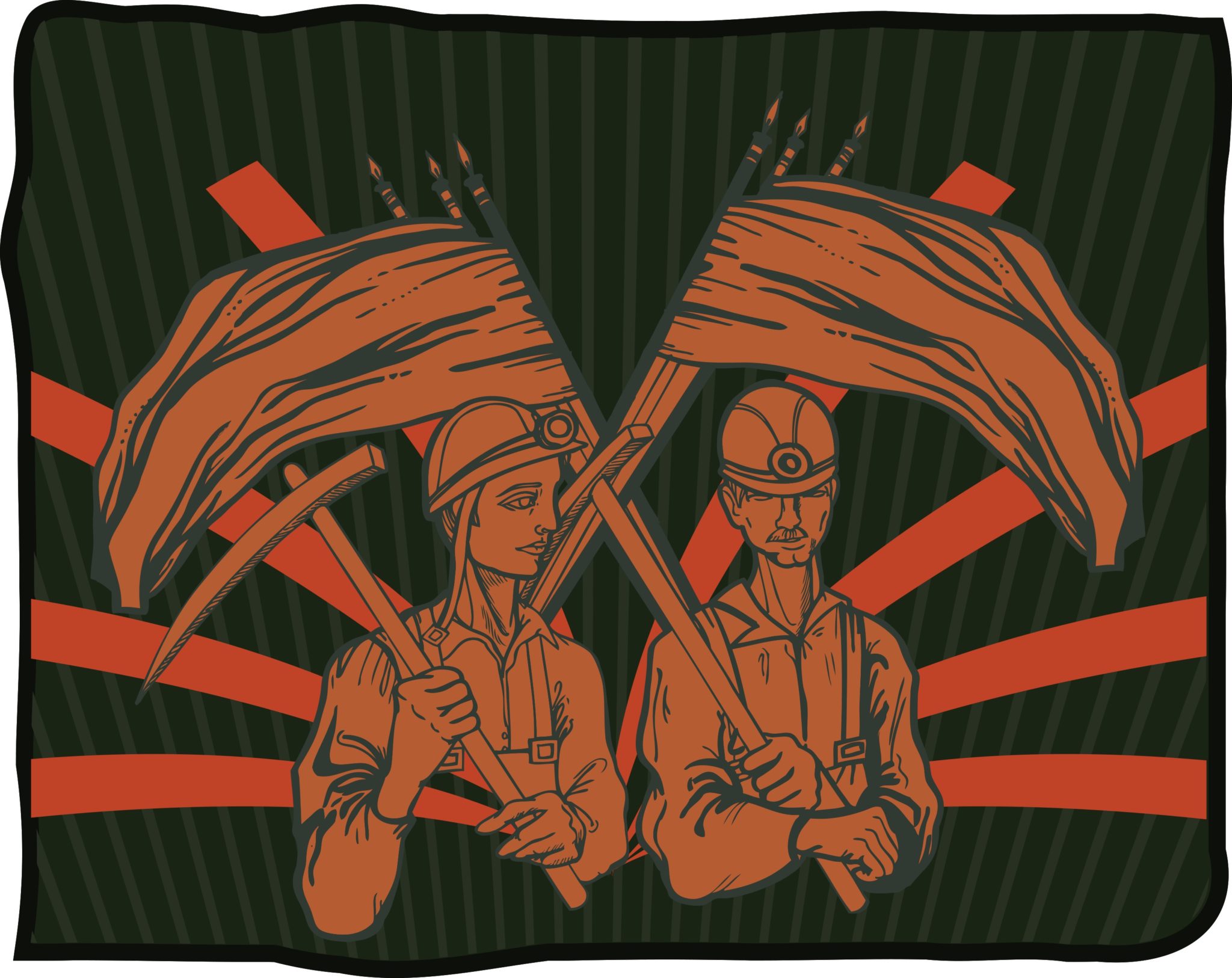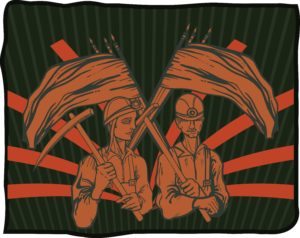Today’s offering is in the spirit of why Publetariat was created. Agent Laurie McLean gazes into the future to let us know what to expect on Anne R Allen’s Blog. Too bad she couldn’t give us the US winning Powerball numbers – I would totally share with you. What do you think of her predictions? Let us know in the comments.
~ * ~
THE E-PUBLISHING REVOLUTION IS DEFINITELY NOT OVER (Regardless of what you’ve heard)
We’re honored this week to host literary agent Laurie McLean of the Fuse Literary Agency. If you’re looking for an agent, we have great news for you! Although Laurie is not accepting unsolicited submissions, she will accept queries from readers of this blog! Scroll down for more info in Laurie’s bio. And now, here’s Laurie!… Anne
Agent Laurie McLean, Founding Partner of Fuse Literary, Looks into Her Crystal Ball
Thanks, Anne, for once again sharing your audience with me for my annual predictions of the year ahead in publishing. From the title of this post, you can tell I’m at odds with the notion that the digital publishing revolution is now over, ebooks are slipping in popularity, print is once again king of the world, indie bookstores are back on a steady footing, and adult coloring books are saving the world.
Well, except for that last one. I agree with traditional publishing that adult coloring books are propping up print book sales big time. But as far as the other “facts” go, I say hogwash.
That’s a lot to digest, so let me bullet point these 13 predictions for ease of digestion…and hopefully inspiration…for 2016!
1) Ebook sales are NOT stagnating.
I’ve always been a firm believer that you can make numbers and statistics dance to any beat you play and I believe the Big Five are skewing these numbers with their newly won agency pricing models.
Last year I saw several of my clients’ debut novels come out with an ebook price that was higher than the print book price. Check it out on Amazon. I’m not kidding. That’s part of the “decline” scenario, because honestly who would not buy a hardcover print book if it was cheaper than a digital book. Most people would make that choice.
And because of this, ebook sales from traditional publishers large and small seem to be declining.
Once you add Amazon ebook sales into the calculation, however, it all falls apart. Unfortunately that is not what most reports have done. They only concentrated on traditional retail sales numbers from their usual cast of publishers. So you’re getting fed false numbers. Ebooks are healthy and should continue to be healthy throughout 2016 and beyond. They are here to stay.
Once ebook pricing stabilizes, because while I’m sure the traditional booksellers and publishers are trying to help their physical retail partners (aka bookstores) by increasing print sales, they will see that they went too far and the smart ones will adjust. At least that is my opinion.
2) Physical bookstore sales will continue to decline.
Amazon already sells the vast majority of print and digital books. They are a healthy company. Heck, they signed up 3 million new Prime members at $99 a pop during the third week of December alone!
So I’m betting that they will continue to discount books, support indie authors through KDP Select and Kindle Unlimited, and the local bookstores and chains will simply not be able to keep up.
I’ll talk about Google and Apple as possible white knights a bit later, but for now I’m predicting that Amazon is just going to keep growing and taking market share from bookstores in 2016.
Read the full post on Anne R Allen’s Blog
~ * ~
If you liked this article, please share. If you have suggestions for further articles, articles you would like to submit, or just general comments, please contact me at paula@publetariat.com or leave a message below


